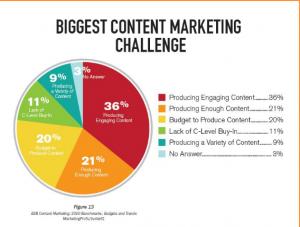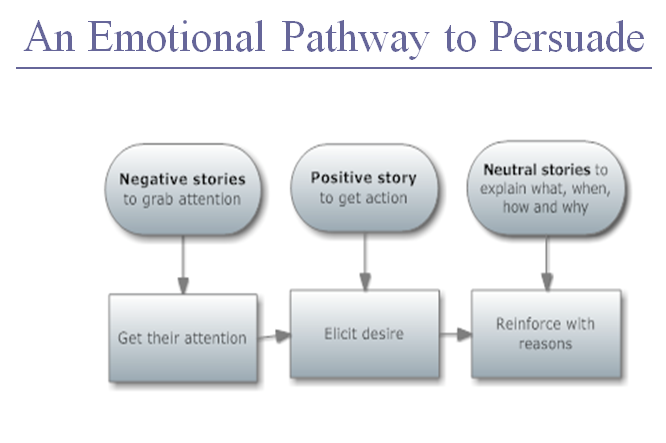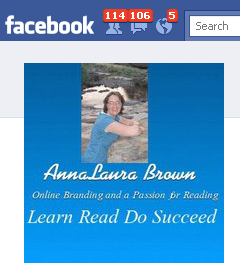 If you want to create content that engages readers, you have to know their online habits and interests. Yet how many of us scramble to post on a blog or upload a video to YouTube without taking time to survey our target audience?
If you want to create content that engages readers, you have to know their online habits and interests. Yet how many of us scramble to post on a blog or upload a video to YouTube without taking time to survey our target audience?
Here’s a quick list of survey questions for your target audience:
- What are the five top web sites you visit frequently in your work?
- What are your online reading habits, blogs, websites, articles, videos, podcasts?
- Do you use social media like Facebook, Twitter or LinkedIn?
- Do you access web content via RSS feeds?
- Subscribe to e-newsletter and blogs?
- Do you read web content from a smartphone?
You have about eight seconds to engage someone before they click away. Clever headlines will get them to click over to your content. But unless you know what your audience wants, you’re shooting in the dark. They won’t stay. Click and bye-bye.
Good content builds momentum and always has an objective, according to Ann Handley and CC Chapman in their book Content Rules. Therefore your content needs to trigger to action. That’s the way you engage readers to respond. Your content should be created with the end in mind: to further a relationship. Read More→












